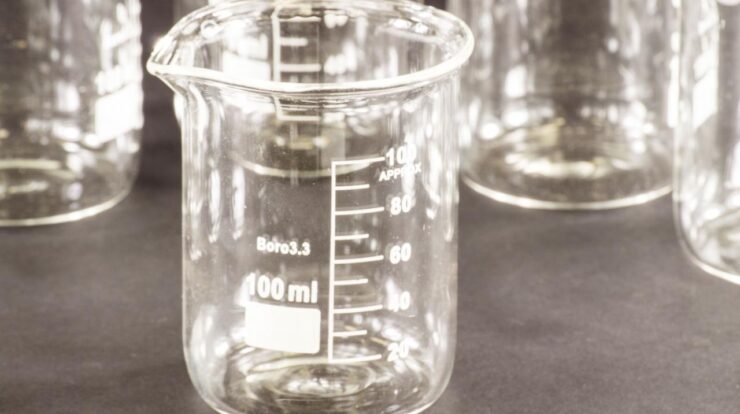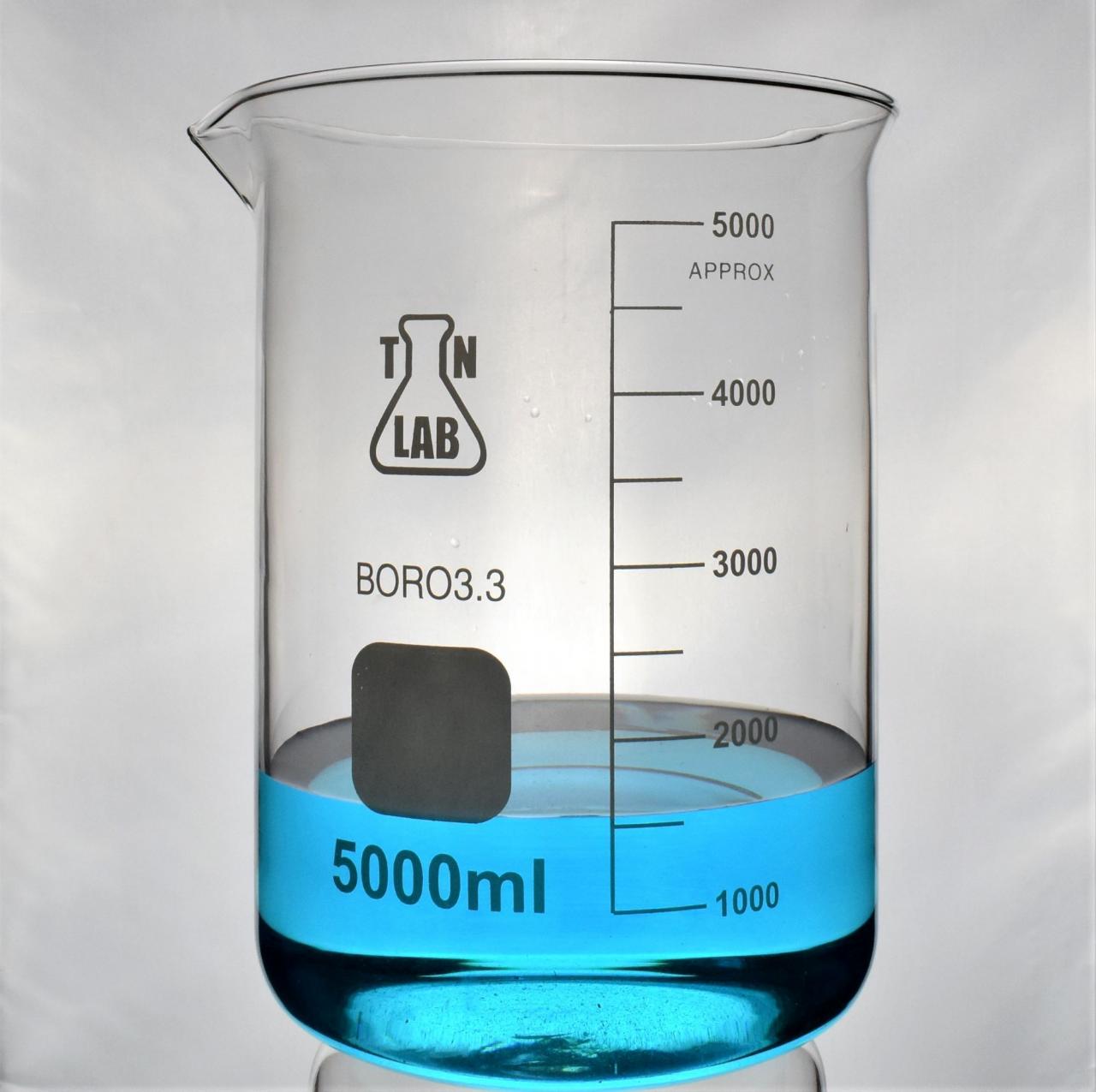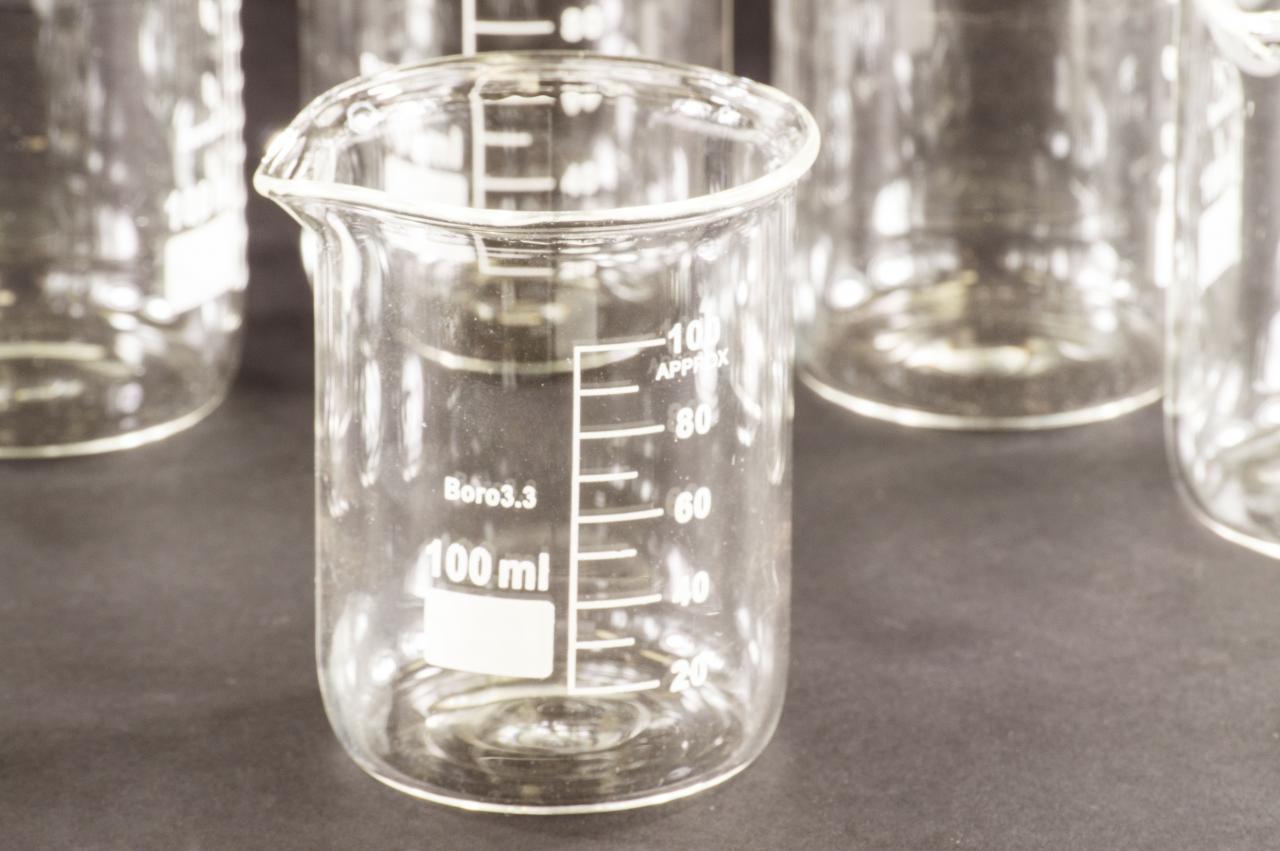
Beaker meaning – Embarking on a journey into the realm of beakers, we unravel their multifaceted meaning, delving into their historical roots, diverse applications, and crucial safety considerations. From ancient origins to contemporary scientific advancements, beakers have played an indispensable role in shaping our understanding of the world around us.
As we delve deeper into the beaker meaning, we will explore the various types of beakers, their unique characteristics, and the materials used in their construction. We will also examine the diverse applications of beakers in scientific research and laboratory procedures, highlighting their importance in fields such as chemistry, biology, and environmental science.
Etymology of the Term “Beaker”
The term “beaker” is derived from the Middle English word “bekere,” which in turn comes from the Old French word “bec,” meaning “beak.” This etymology reflects the beaker’s characteristic spout, which resembles the beak of a bird.
Types of Beakers
Griffin Beakers
- Wide base and narrow top
- Pouring lip for easy pouring
- Used for mixing, stirring, and heating liquids
Erlenmeyer Beakers
- Conical shape with a flat bottom
- Narrow neck for precise pouring
- Used for titration, mixing, and filtering
Florence Beakers
- Tall and cylindrical shape
- Thick walls for durability
- Used for storing, mixing, and heating large volumes of liquid
Materials and Construction of Beakers

Glass Beakers
- Transparent for easy viewing
- Chemically resistant to most acids and bases
- Can withstand high temperatures
Plastic Beakers
- Lightweight and unbreakable
- Not as heat-resistant as glass
- Suitable for storing and mixing non-corrosive liquids
Ceramic Beakers
- High thermal resistance
- Can withstand extreme temperatures
- Not transparent, making it difficult to observe contents
Uses of Beakers in Scientific Research
Mixing and Stirring
- Beakers are commonly used for mixing and stirring liquids using a stirring rod or magnetic stirrer.
- The wide base and spout allow for efficient mixing and pouring.
Measuring
- Graduated beakers have etched markings to indicate volume, allowing for accurate measurement of liquids.
- They are used for preparing solutions, diluting samples, and determining volumes.
Storing, Beaker meaning
- Beakers can be used for storing liquids, both temporarily and for longer periods.
- The thick walls of Florence beakers provide extra durability for long-term storage.
Safety Considerations When Using Beakers
Thermal Shock
- Sudden changes in temperature can cause beakers to crack or shatter.
- Always heat beakers gradually and avoid placing hot beakers on cold surfaces.
Chemical Spills
- Beakers should be handled carefully to prevent spills, especially when working with hazardous chemicals.
- Use a spill tray or work in a fume hood to minimize the risk of exposure.
Explosions
- Mixing incompatible chemicals in a beaker can lead to explosions.
- Always consult safety data sheets and follow proper protocols when handling chemicals.
Closing Notes: Beaker Meaning

In conclusion, beakers stand as versatile and essential tools in the scientific realm. Their diverse forms, materials, and applications make them indispensable for a wide range of experimental procedures. By understanding the beaker meaning in its entirety, we gain a deeper appreciation for the intricate world of scientific research and the vital role beakers play in advancing our knowledge.
FAQ Corner
What is the origin of the term “beaker”?
The term “beaker” has its roots in the Middle English word “bekere,” which referred to a drinking vessel with a wide mouth and a narrow base.
What are the different types of beakers?
Beakers come in various types, including Griffin beakers, Berzelius beakers, and Florence beakers, each designed for specific purposes.
What materials are beakers made of?
Beakers are commonly made of glass, plastic, or ceramic, with each material offering unique advantages and disadvantages.
What are the safety precautions when using beakers?
When using beakers, it is crucial to consider potential hazards such as thermal shock, chemical spills, and explosions. Proper handling, storage, and disposal are essential.





